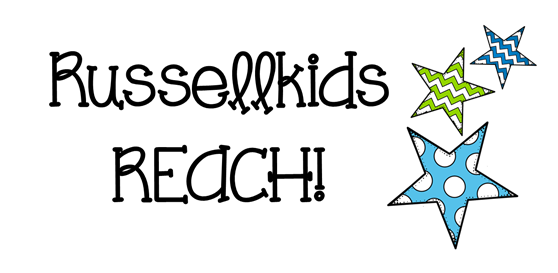What if writer's workshop became a classroom club? What are the characteristics of a club and how might it change the typical writers workshop? This year, I decided to create some excitement around writing with our writers workshop by calling it a "club." We began by discussing the idea and making a list of the characteristics a club might have. Here's the list we generated:
-needs a name
-needs members
-needs places to meet
-needs a common purpose/goal
-needs an agenda/plan of what to talk about
-leader (many people can take on leadership roles)
-may need specific jobs to be filled (notetaker, etc)
-voting and choices
-planning-discussing and getting ideas
-has committees
-has parties and celebrations
-may have a contract to sign
-may have fees
-needs supplies related to the club's purpose
-logo/symbol
-may have special objects or tools
Next, we needed to decide on a club name. We became the "Mighty Writers Society." Now, how do you show that a club has been established? You create a logo of course! Students submitted amazing logos and I was proud of them for choosing to do something "extra." Clara's hand-drawn Mighty Writer logo won the vote!
Next we covered our writer's notebooks to make them feel special. Don't they look amazing?


Once the club was set up, I thought, where do we go from here? And, how do I continue to give students ownership? (This will be a work in progress all year, of course!)Well, writers learn from other writers like artists learn from other artists. I launched our "reading like a writer" unit {reading like a writer is an inquiry based approach to writing which really puts the control in students hands}. I gave students numerous examples of picturebook texts and we went through an inquiry process to discuss what techniques the author was using, why we thought the author chose to do that, think about whether or not we had seen the technique used in another text, and then try to use it in our own writing. Some examples of techniques students noticed include: how an author makes a text circular (or feel like it's going back to the beginning at the end), using repeated lines to create structure or rhythm, and using objects to show the passage of time in the beginning, middle, and end.
Students are now deep into their drafts for this writing project and will soon begin publishing them through typing. We have also planned to create a water-colored cover for our books and to have a celebration day with either 1st or 2nd graders to share our books with.
Stay tuned for more mighty-writing fun!





































